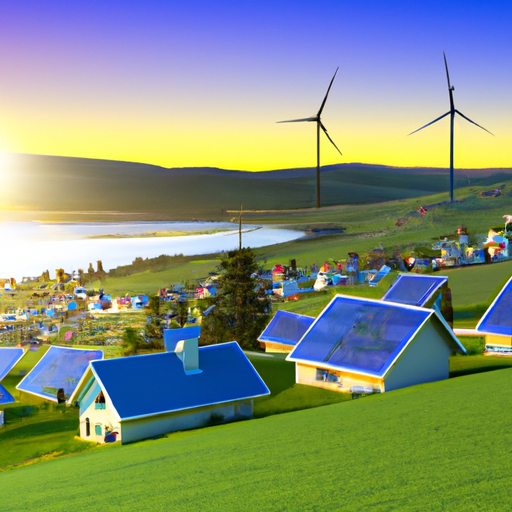The Citizens Own Renewable Energy Network Australia, widely known as CORENA, is making headlines for funding renewable energy projects at two notable community spots. The beneficiaries of these interest-free loans are the time-honored Capri Theatre based in Adelaide, South Australia, and the Barnardos South Coast Family Centre in Wollongong, New South Wales.
A Historic Theatre Goes Green
Built in 1941, the Capri Theatre stands as a classic architectural specimen of the art deco period. Endowed with a globally-acclaimed WurliTzer theatre pipe organ, this concert venue is set for a green makeover. When the transformation by CORENA is accomplished, the antique organ of American origin will run on renewable energy provided by a 71.8 kW solar system, backed by a 51.2 kWh battery.
The Challenge and The Solution
Despite the theatre’s notable efforts toward ecological conscientiousness, a significant barrier was the inability to install solar panels on the historic roof. The solution? The invention of slim, lightweight panels by Sunman. These enabled the installation of 167 solar panels, each with a power of 430W.
Incentive to Go Green
Considering the recent upsurge in energy prices in Australia, the implementation of two 25.6 kWh batteries has proven advantageous. By storing energy during daylight hours for use in the evenings, Capri anticipates savings of over 94,000 kWh of power and roughly AU$32,500 a year, equating to a reduction of around 31 tonnes of CO2 emissions.
Aiding Vulnerable Families Through Sustainability
The South Coast centre of Barnardos Homes is now better equipped to assist vulnerable children and their families, thanks to a partially-funded solar energy installation on its roof. This green endeavour, funded by a CORENA loan, anticipates yearly savings of AU$6,044. With fewer emissions, around 23 tonnes of CO2 will be prevented from polluting the environment.
Maria Corsiglia, the family centre’s manager, highlighted the dual benefit of green energy for Barnardos – both environmentally and economically. Moreover, the shift from coal-fired to clean energy is being appreciated and learnt by the children at Barnardos.
About Barnardos
Established by Dr Thomas John Barnardo in 1866, Barnardos stands as a testament to a long history of caring for children in need. Originally focused on the care and education of children orphaned by a cholera outbreak, its outreach has evolved with time. From running traditional orphanages, they now focus on foster care and adoption, actively fighting against the societal concept of the “undeserving poor”.
According to their recent annual report, they’ve offered their support to over 14,000 children, youth, and families through numerous means including education, housing, and parent programmes.
The CORENA Model
CORENA has been effectively financing carbon emission reduction projects across Australia via interest-free loans. Accumulating over $1.2 million in funds so far, they’ve financed more than 50 projects, including outfitting the Capri Theatre. They have successfully facilitated the avoidance of around 4.5 GWh of grid electricity use by community groups, equivalent to over 300 households transitioning to 100% renewable energy use.
Creating Cascading Impact
Donations from everyday Australians and repaid loans fund new projects in CORENA’s revolving climate fund. The $626,432 donated has resulted in $1.2 million in climate impact funding. This cycle allows each dollar donated to make a growing impact over time. Importantly, they structure loan repayments to never exceed an organization’s original energy expenditure – maintaining the financial integrity of the recipient.
An Appeal to Other Communities
CORENA’s Head of Operations, Sarah McCabe, encourages organisations focused on their communities to explore interest-free loans from CORENA to reduce their carbon footprints and long term energy costs. This model not only contributes to a sustainable environment, but it also promises cost savings. This means more resources for community use – like maintaining an age-old theatre or supporting vulnerable families.
























